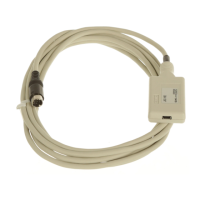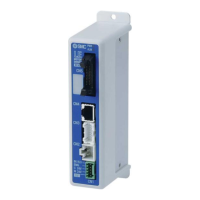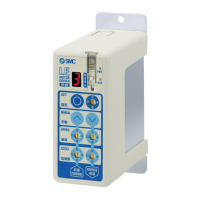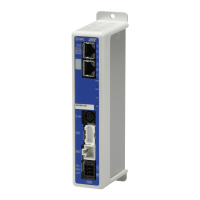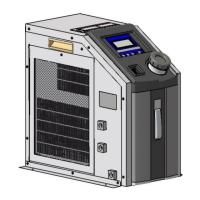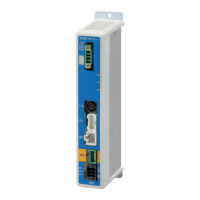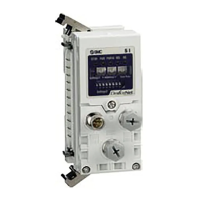19.EtherNet/IP COMMUNICATION
19.3 I/O COMMUNICATION
The I/O communication can send and receive command data/feedback data between a master (upper side)
and slaves (driver) at a constant cycle.
19.3.1 I/O communication cycle
Specify an I/O communication cycle by using the Forward_Open or Large_Forward_Open service of Class
06h Connection Manager Object through the Explicit message communication. Refer to (1) in this section for
details.
(1) Communication cycle-related object
Set a proper value for Communication timeout time on connection establishment
according to the machine configuration. If the Communication timeout time is set
longer than necessary, it will take longer for the servo motor to stop at the
occurrence of a communication error.
Establish the Explicit Message connection and the I/O Message connection by using the Forward_Open
or Large_Forward_Open service for Class 06h - Connection Manager Object.
Use Transport Class 1 for the I/O connection and Transport Class 3 for the Explicit Messaging
connection. Refer to "THE CIP NETWORKS LIBRARY Volume 1 Common Industrial Protocol (CIP
TM
)"
for details of Transport Class.
For the EtherNet/IP master, set the following parameters using the Forward_Open or
Large_Forward_Open service.
If you need to frequently transfer data through the Explicit Message connection, establish the connection
using the Forward_Open or Large_Forward_Open service. If you do not need to transfer data often
through the Explicit Message communication, establishment of the connection is an option.
Explicit
Messaging
connection
Used to calculate request timeout
information.
Details of setting values
Unit of the time specified by the
Time-out_ticks parameter
Priority of non-connection type
messages
Used to calculate request timeout
information.
O->T Network Connection ID
Network Connection ID to be used
for the local link, originator to target.
This is the originator's CIP send
connection ID.
T->O Network Connection ID
Network Connection ID to be used
for the local link, target to originator.
This is the originator's CIP receive
connection ID.
A unique 16-bit value selected by
the Connection Manager object in
the connection originator
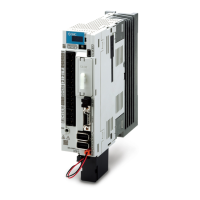
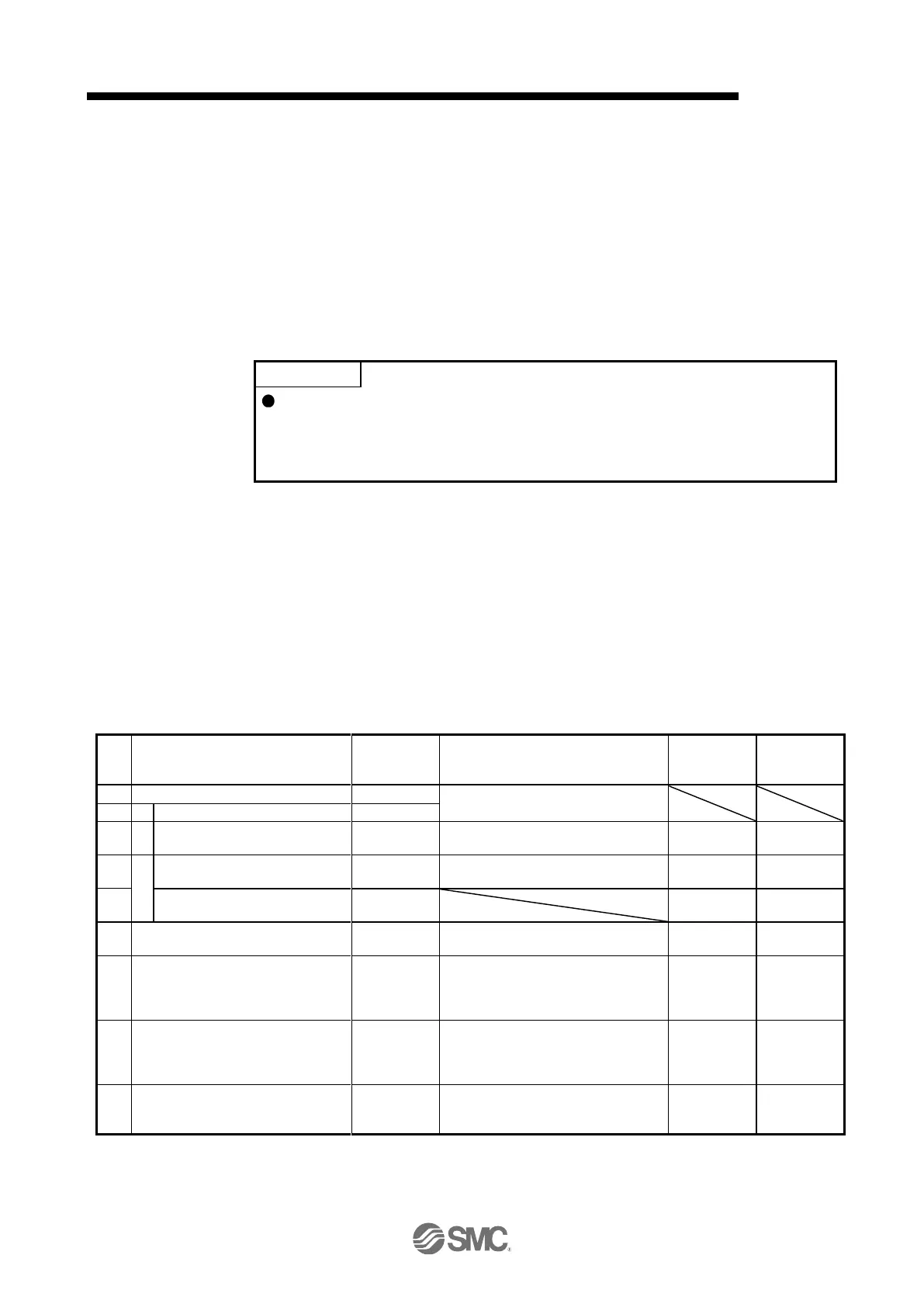